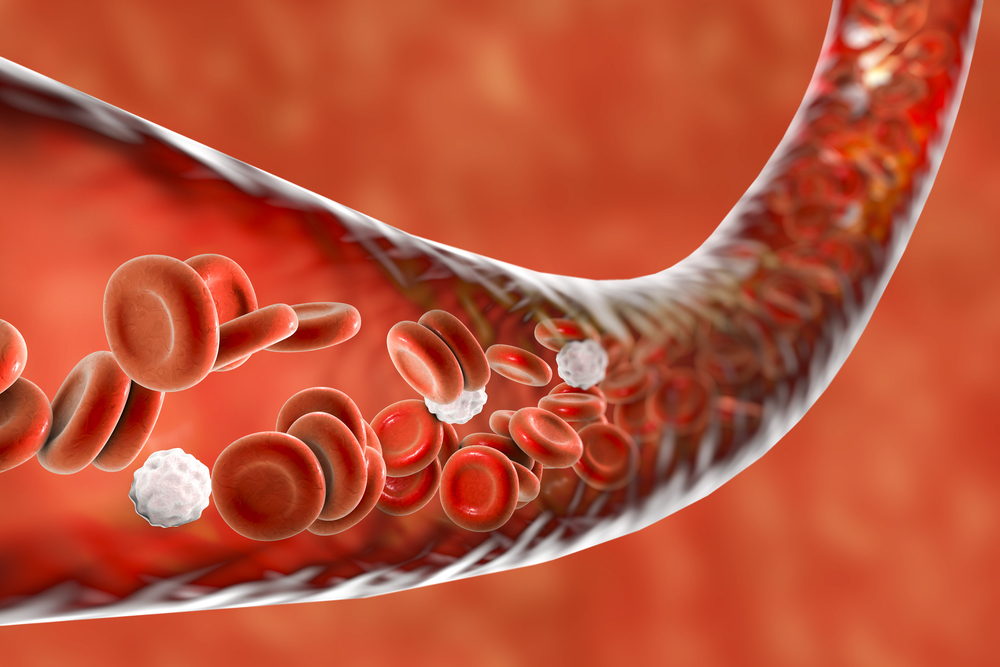5 Points to Ponder
The Hidden Genius of Nature: How Babies, Bodies, and the World Reveal Perfect Design
The hidden systems that protect babies, prevent lightning damage, regulate life, and the deeper wisdom behind our world
 (Photo: shutterstock)
(Photo: shutterstock)Beyond its remarkable nutritional value, breast milk protects the newborn in an astonishing way from unexpected dangers.
Outside the womb, bacteria are everywhere — invisible and potentially deadly. A newborn’s skin is under constant microbial attack. Inside and outside the human body, there are ten times more bacteria than human cells. The newborn’s immune system is still undeveloped, so the infant cannot fight infection on its own.
Amazingly, the baby’s mother fights these bacteria on behalf of her newborn, through her milk.
There are receptors through which the mother’s body “reads” crucial information about the baby’s physiological needs. How? Through the composition of the baby’s saliva during nursing. According to that information, the mother’s body produces exactly the milk the baby needs.
The close contact between mother and child allows her to detect the bacteria attacking the baby. In response, her immune system produces antibodies against those bacteria — and then sends those antibodies back into the baby through her milk.
This is how the mother protects her baby’s life until the infant’s own immune system develops.
My friends, how can two separate, independent systems synchronize so perfectly? How does a woman’s body know how to produce exactly the nutrition her baby needs — without the baby being able to speak or explain? Is this not evidence of a single intelligent designer?
The Lightning Rod
Lightning can ignite trees and even cause serious harm to people.
In 1749, Benjamin Franklin invented the lightning rod, a device intended to prevent lightning damage to buildings, animals, people, and more. He recognized that lightning tends to strike the tallest metal object nearby (because metal provides a path of low electrical resistance). From this he deduced that if he placed a metal rod above a building, lightning would discharge through the rod rather than harming the structure.
Metal conducts electricity efficiently and offers low resistance to electron flow. Therefore, if we attach a metal rod to the roof of a building and connect it to the ground, lightning will “prefer” traveling through it instead of through the concrete, glass, or bricks of the building. The practical result: the building is saved by the lightning rod.
This device is a metal rod typically installed on rooftops and grounded, so it “draws” lightning toward itself and directs the electrical charge safely into the earth.
Was the lightning rod really unknown to humanity until it was “invented” 250 years ago?
Consider this: the Tosefta (Shabbat 7:10), written over 2,600 years ago, states: “A woman who covers chicks with a sieve and places a piece of iron between them — this is permitted if it is to protect them from thunder or lightning.”
The Tosefta says that on Shabbat one may place iron to protect chicks from thunder and lightning. They already knew that iron protects from lightning — thousands of years before Franklin was born.
How did our sages know this? They had none of the scientific tools we have today.
 (Photo: shutterstock)
(Photo: shutterstock)The Circulation of Blood in Our Body
Everyone who has visited a clinic has seen a scene that looks a bit strange: a nurse wraps a cuff around a patient’s arm — the procedure we know as measuring blood pressure.
Blood flows from the heart to the organs through arteries. As it flows, the blood exerts pressure on the walls of the arteries, caused by the contraction of the heart muscle.
When the heart beats, it contracts and pushes blood through the arteries. This force creates pressure. Because the heart beats in intervals, blood pressure has two values:
Systolic (during contraction)
Diastolic (during rest)
Thus blood pressure is measured with two numbers. Normal pressure is 120/80.
High blood pressure, or hypertension, means that the pressure on blood vessels is too high and may lead to heart attacks, heart muscle damage, strokes, kidney damage, and eye damage.
Low blood pressure, on the other hand, means weak blood flow through arteries. When blood flow drops, essential organs like the brain, heart, and kidneys don’t receive enough oxygen and nutrients.
How does the body “know” how to maintain proper blood pressure?The body has sensors in the blood vessels capable of detecting blood pressure and sending nerve signals to the heart, kidneys, and vessels to adjust accordingly. They can cause the heart to pump more or less blood, the arteries to widen or constrict, and the kidneys to produce more or less urine — thus removing or retaining fluids. These mechanisms, together with others, keep blood pressure stable.
There are even automatic compensatory mechanisms that prevent fainting when we stand up suddenly. Normally, the body tightens blood vessels so that enough blood reaches the brain even when gravity pulls blood downward.
There is no doubt: the human being was created with extraordinary wisdom — integrated systems, each organ in the right place, each substance at the perfect dose, each action at the exact timing.
 (Photo: shutterstock)
(Photo: shutterstock)The Human-Being Factory
In the animal kingdom, you’ll notice that animals of the same species look essentially identical — not in color or size, but in structure. Lions look alike. Snakes look alike. Cats look alike. Not only do they look alike, but they behave alike. Each species behaves according to its built-in programming.
If animals of the same species have the same face, personality traits, and behaviors, shouldn’t humans, based on the same logic, all look the same as well — like one giant “production line,” as we see in animals?
There are about 7 billion people in the world, and not a single one has an identical face to another. Not one! Despite the limited combinations of facial features — nose length, eye shape and spacing, eyebrow shape and thickness, no two human faces are identical.
For two parents with the same genetic material — shouldn’t their children all look the same, like animals’ offspring? Yet even identical twins are not completely alike in personality or fingerprints, and their mother can always distinguish between them.
Every human being is completely unique — in appearance, in personality, and in character. It’s astonishing that despite humans having the same general structure, each person is an entirely different world.
 (Photo: shutterstock)
(Photo: shutterstock)“I’m Fine the Way I Am. Don’t Change Me.”
I once spoke with a secular friend about the meaning and value of keeping Shabbat, and he said firmly: “I’m fine the way I am. Don’t try to change me.”
Imagine a child who wants to play all day, refuses to go to school, doesn’t want to learn to read or write, and prefers eating snacks instead of lunch. What would his parents do?
Any reasonable parent would set boundaries for the child’s benefit, so he can grow, learn, develop good character, and succeed in life — even if the child cries, protests, or believes his parents are being cruel.
We are God’s children. We do not always understand the importance of the Torah’s commandments. We think they restrict us or don’t suit us. But the Torah teaches that all its commandments exist for our good, enabling us to reach true life.
We are still “children,” and therefore cannot yet understand. But when we “grow up,” we will realize it was all for our benefit. A person may think driving on Shabbat is fun — but it is no different from a child playing with matches and making a bonfire inside the house. It feels fun, but it is dangerous and destructive.
The same is true with drugs: a person may feel “on top of the world,” while in reality he is sinking. Anything that contradicts the Torah lowers us, while the Torah’s commandments elevate us toward our true purpose.
Only the Creator — who made the world and established its laws, knows the path we need to walk to reach our goal. Our world is a world of concealment, illusions, and desires that mislead us. Truth and reality can only be found by walking the path God laid out.
Even if the Torah seems to conflict with our desires, we can be certain it is ultimately for our good. The Torah wants us to live meaningful, authentic lives, fully realizing our potential — this is why it says, “You shall live by them” (Vayikra 18:5).

